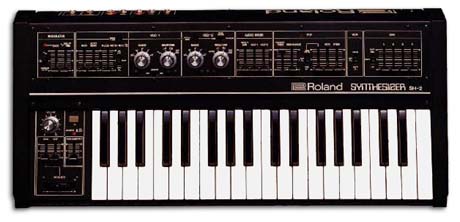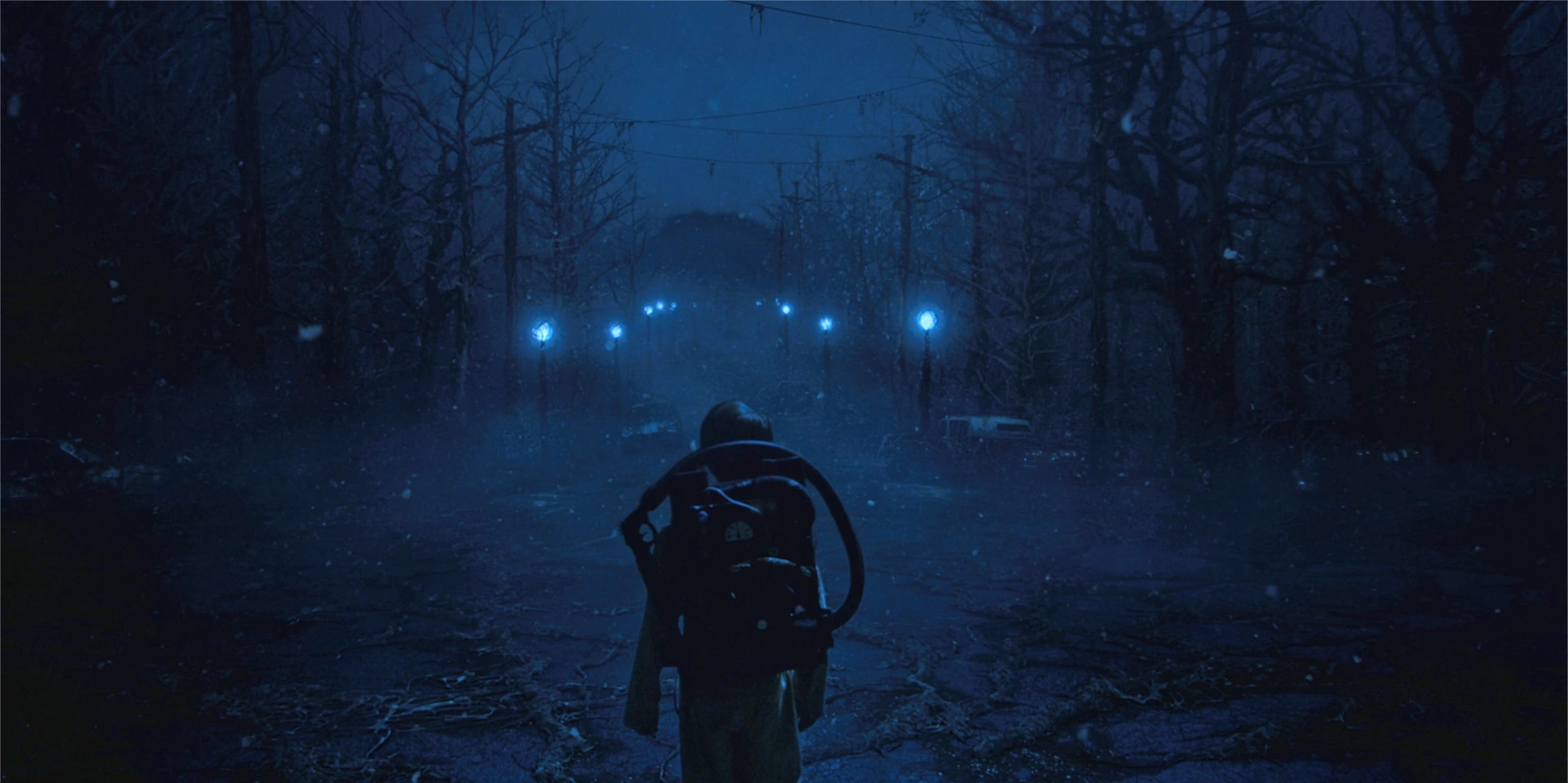Musical Analysis
The theme song of Stranger Things is able to transport listeners back to the 1980s, where science fiction was a large part of the culture at the time. In the first episode, viewers hear the main theme after the first scene, during which the viewer is not certain about the type of genre the show will be. Quickly, the viewer learns from the main title that the show will have a science fiction theme and include ‘80s references due to the sound of the song being very reminiscent of this decade. The nostalgia is mainly heard through the sounds of the synthesizers Dixon and Stein used to make the main title, as the song is very synth-heavy (Adebowale 2019). The synths that were used were analog bass synthesizers, specifically the Prophet V, Roland SH-2, and Mellotron synthesizers (Welsh 2017). The “addictive” nature of the song is often attributed to these synths, which produce vintage, suspenseful and futuristic sounds, grabbing hold of the audience’s attention until the very end (Soundation 2019).

This suspenseful and futuristic sound is a result of a combination of the composers’ choices which follow. First off, the song is built around a C major arpeggio, which engages listeners by playing the notes in an ascending order, thus keeping their ears interested in where the sound (and story) is going (Adebowale 2019). The composers actually described the song’s opening arpeggio as “spiders skittering across the wall, sending shivers down your spine” leaving the audience wondering what unnerving events are to come (NerdSync 2019). The constant tempo, which sounds like a heartbeat in the background, keeps the song’s pace, but also adds an element of suspense and thrill to the song by sounding like a racing heart and the anticipation associated with this suspenseful feeling (Soundation 2019). The beat is also made with the help of a synth, which exemplifies the significance of synths not only in producing additional sounds in the song, but also working as the backbone of what holds the song together. The lack of a true resolution at the end of the song but rather a slight fade out of the music again foreshadows the uncertainty of what may follow. Together, these synths did a fantastic job to create the unsettling sound of the Stranger Things theme, alluding to the eerie “upside-down” alternate dimension, and the secrets and search of the unknown which would follow in all three seasons.

Taking some inspiration from Carpenter’s compositions, Dixon and Stein further developed their songs through the use of newer and more advanced techniques. In the Escape From New York main theme song, the synthesizer is constant and keeping the best of the song, just as in the Stranger Things main theme. Neither theme has a resolution to the sound, which causes anticipation to rise within listeners to wonder what is going to happen next. While the tempo is slower for the Escape From New York theme, the tempo in “Here Come the Helicopters” from Starman is more similar to the Stranger Things theme, which keeps listeners interested and sounds more exciting. All three of these songs have a heavy texture of different futuristic sounds and layering them on top of each other truly contributes to the 1980s sound the song produces. In addition, the synthesizers create a polyphonic sound in each song, meaning that multiple notes are playing at the same time (Reverb 1:58-2:10). It will also detail arpeggios in each song and how it creates suspense in the song and entices the audience to keep listening. The synthesizers are creating all of these sounds and are the most impactful parts of these songs. In contrast, Dixon and Stein employ new techniques to appeal to the more modern audience, such as filter sweeping to make the sound come in and out of the track to make it sound more ominous and adding to the mystery of not knowing if there will be a resolution to the sound (Reverb 3:10-3:23). The Stranger Things main theme also includes more extreme pitches and audible ranges, which is one of the main advantages of the synthesizer that allows the instrument to overcome limitations of many other instruments and give songs the 1980s futuristic sound.
Video detailing the use of synthesizers throughout the main theme song of Stranger Things. Watch from 5:53-6:41.